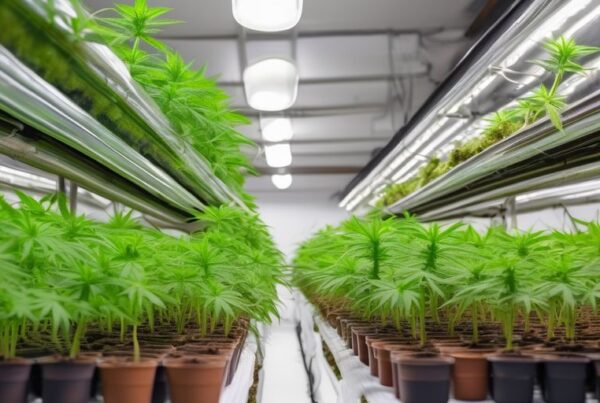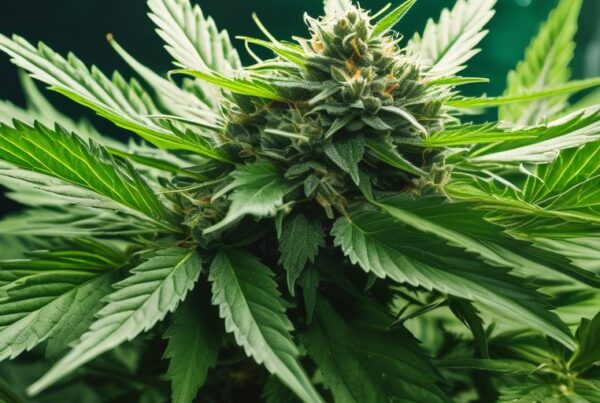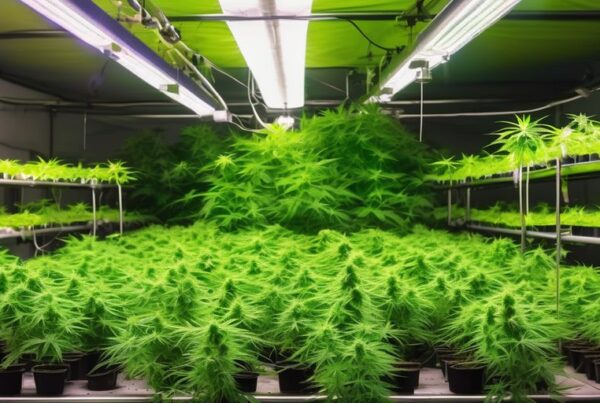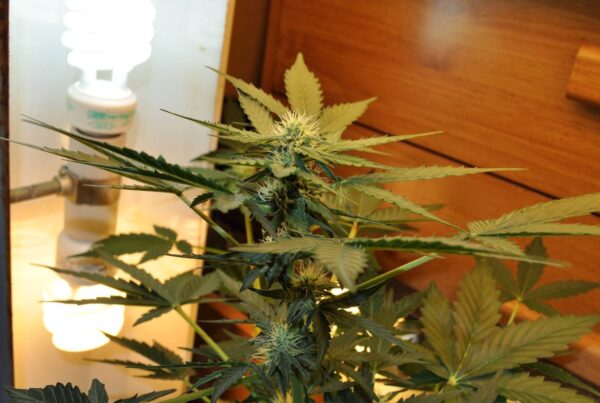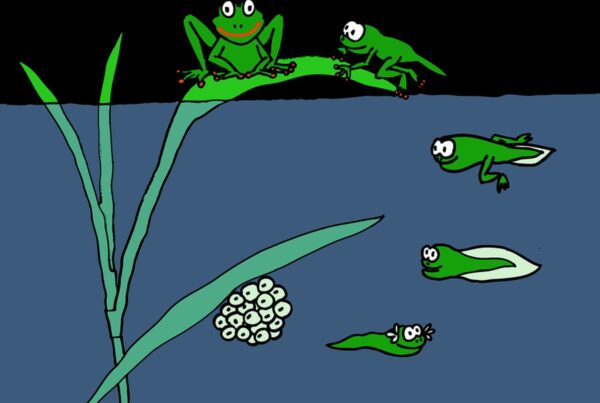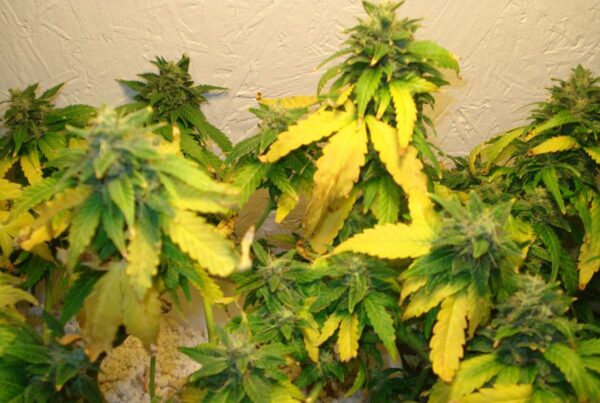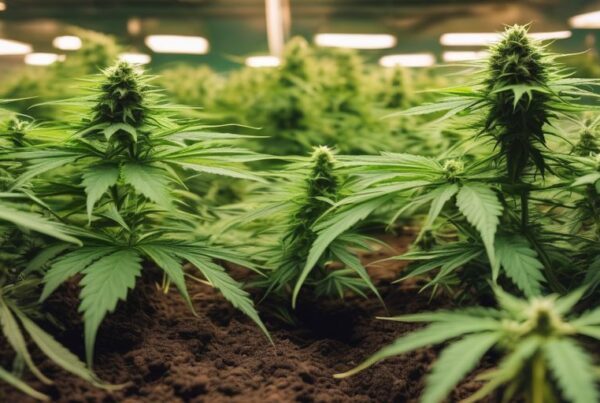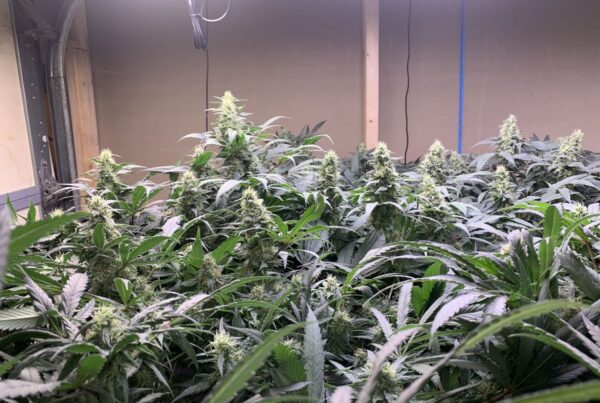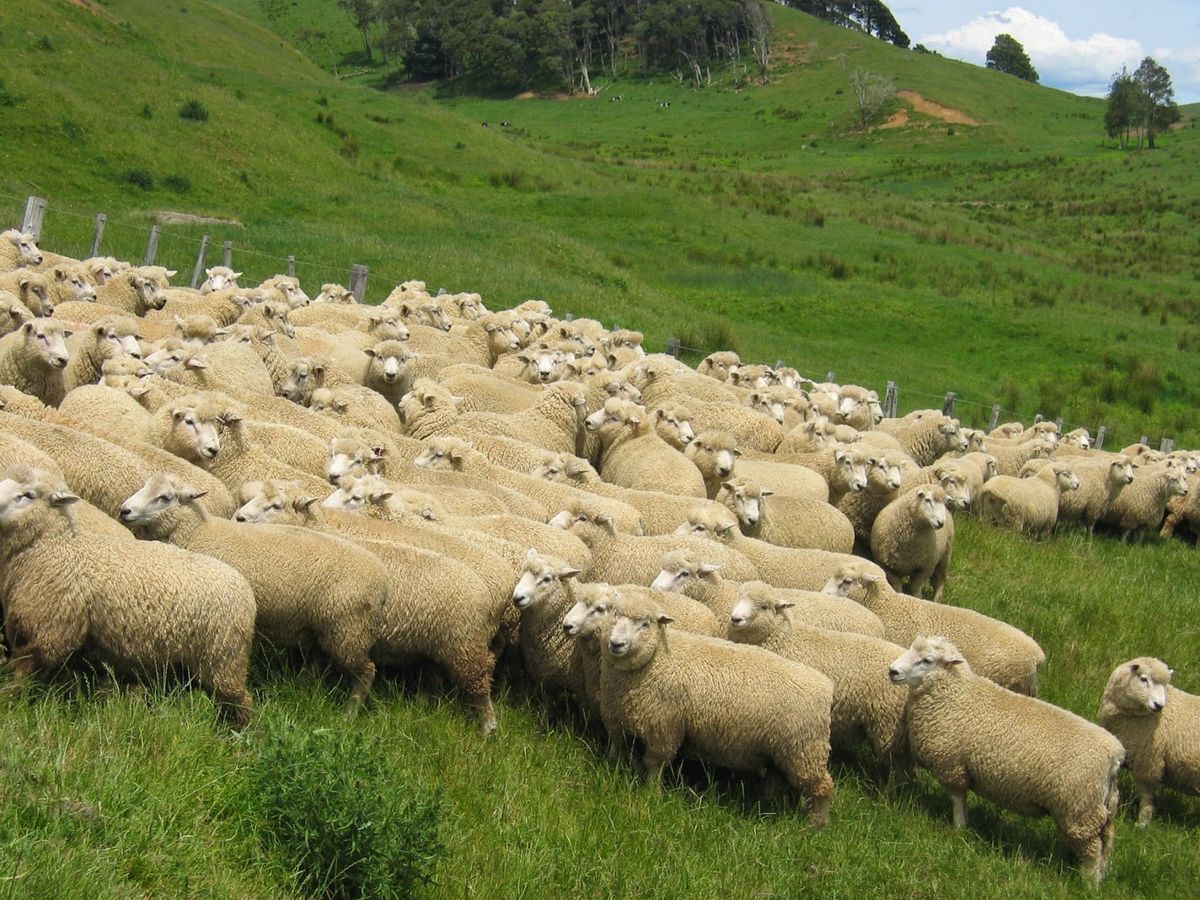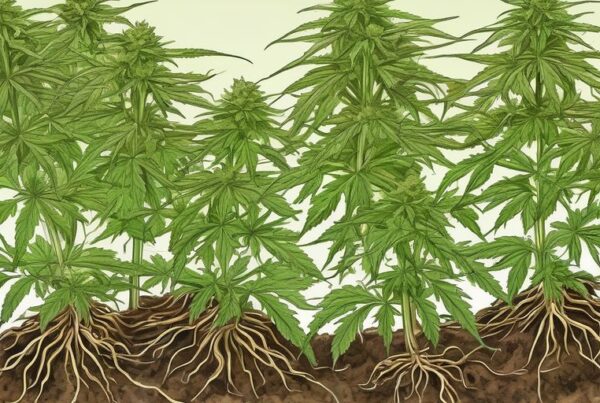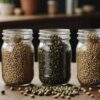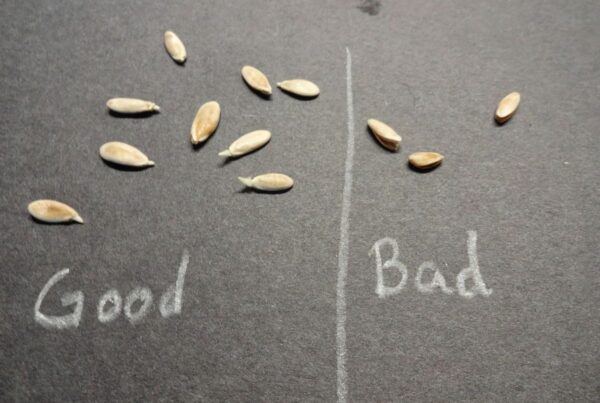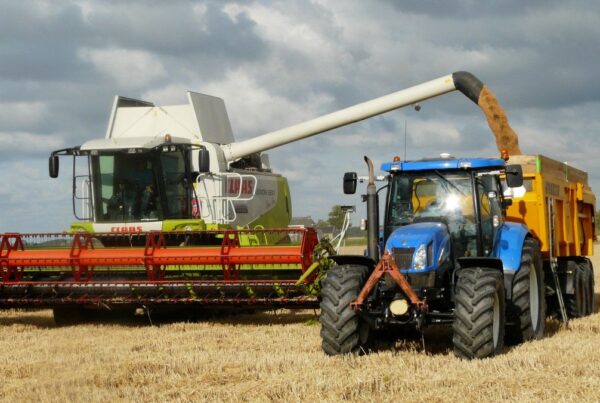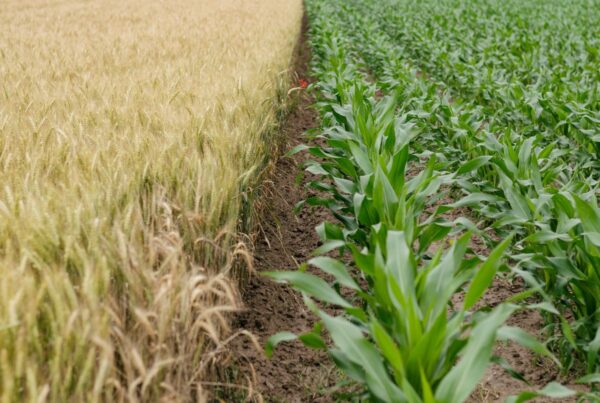Breeding techniques in agriculture and animal husbandry are essential for enhancing the quality, productivity, and health of livestock and crops. From traditional methods like natural propagation to advanced genetic modifications, these techniques encompass a wide range of practices aimed at improving specific traits in plants and animals. Understanding these methods is crucial for farmers, breeders, and scientists who strive to meet the growing demands for food and resources while maintaining genetic diversity and sustainability.
Key Takeaways
- Breeding techniques range from natural mating to sophisticated genetic modifications, reflecting the evolution of agricultural practices.
- Artificial insemination and selective breeding are common methods that allow for controlled reproduction and trait selection in livestock.
- Genetic modifications, including genome editing and marker-assisted selection, offer precision in cultivating desired traits in crops and animals.
- Inbreeding and outbreeding present unique benefits and challenges, influencing genetic diversity and the risk of hereditary defects.
- Ethical considerations and breeding regulations are crucial to ensure responsible breeding practices and to address concerns related to genetic manipulation.
Playing Matchmaker with Moo-Moos and Baa-Baas

Natural Propagation: Old School Romance
Alright, folks, let’s talk about the birds and the bees, or should I say, the buds and the seeds? Natural propagation is like that classic love story – no tech, no fuss, just Mother Nature doing her thing. It’s the good ol’ roll in the hay, but for plants.
Now, down here in southern Oklahoma, we like to keep things simple. You plant your seeds, give ’em some love, water, and sunshine, and let ’em grow up to find their own partners. It’s like a high school dance, but instead of awkward teenagers, you’ve got sprouting plants.
- Step 1: Plant your seeds and play some Barry White to set the mood.
- Step 2: Watch as they sprout and start flirting with each other.
- Step 3: Harvest the fruits of their labor (literally).
Just remember, with natural propagation, you’re at the mercy of the elements. One bad storm and it’s like someone spiked the punch at that plant dance.
So, if you’re not into playing geneticist and prefer your crops like your country music – pure and heartfelt – then natural propagation is your go-to method. Just don’t blame me if your plants decide to ‘branch out’ and experiment a little. That’s nature for ya!
Artificial Insemination: Cupid’s Syringe
Alright, folks, let’s talk turkey—or should I say, let’s talk about playing Cupid with a syringe. Artificial insemination, or AI for short, is like the Tinder for livestock. You get to swipe right on the primo genes from a stud bull or a champion ram without them ever having to buy the lady a drink. It’s all about getting those top-notch genetics without the awkward first date.
Now, down here in southern Oklahoma, we’re all about efficiency, and AI is a game-changer. You don’t need to keep a harem of males around, just a catalog of their love potion. And let me tell you, it’s a lot less drama than a reality TV dating show. Here’s the lowdown on how it works:
- Collect the goods from Mr. Right (that’s the bull or ram, mind you).
- Store it in a frosty tank, ’cause good things come to those who wait.
- When the time’s ripe, play matchmaker and introduce Mr. Right’s contribution to Ms. Ready-to-Mingle.
And voilà, you’ve got yourself a bun in the oven without any of the courtship hullabaloo.
Just remember, while AI might sound like a walk in the park, it’s got its own set of challenges. You’ve got to have a keen eye for genetics, a steady hand, and the patience of a saint. But get it right, and you’re on your way to breeding the next generation of blue-ribbon winners. So, roll up your sleeves and get ready to play matchmaker, y’all!
Selective Breeding: Creating the Super Livestock
Alright, folks, let’s talk about playing god with your critters, but in a good way, I promise. Selective breeding is like swiping right on the cream of the crop to make sure your next herd is top-notch. You pick the best of the bunch, the ones with the muscles, the milk, or the moolah-making traits, and let them get busy. It’s like creating a dating app for your livestock, but instead of love, it’s all about those primo genes.
You’re not just raising animals; you’re curating a masterpiece of meat and muscle. Imagine if Michelangelo had cows instead of marble, that’s you with selective breeding. You’re looking for the LeBron James of bulls or the Serena Williams of ewes. And just like in sports, you gotta keep an eye on the stats.
- Traits to Swipe Right On:
- Muscle mass
- Milk yield
- Fertility
- Disease resistance
It’s not just about making them look pretty, though. You want your livestock to be the healthiest, heartiest, and happiest they can be. That’s the real jackpot.
Now, don’t get it twisted, this ain’t no overnight success story. It takes time, patience, and a bit of luck. But when it all comes together, you’ll have a herd that’s the envy of the county. Just remember, with great power comes great responsibility. Don’t go making any Franken-cows, alright?
The Gene Pool Party: Diving into Genetic Modifications

Genome Editing: Tailoring Traits with Precision
Alright, folks, let’s talk about playing God with your greens, shall we? Genome editing is like having a molecular pair of scissors, snipping and tweaking your plants’ DNA like a cosmic barber. Imagine you could just snip out the bits that make your plants susceptible to drought or pests. Sounds like a dream, right? Well, that’s the magic of genome editing for ya.
Now, I ain’t saying we’re gonna replace the old ways overnight. As the smart folks at NCBI say, the idea of genome editing taking over traditional methods is as likely as a snowstorm in July down here in Oklahoma. But, it sure is a nifty tool to have in your belt.
Here’s the kicker: with genome editing, you can speed up the whole breeding process. No more waiting for seven generations to pass before your plants get the traits you want. It’s like hitting the fast-forward button on evolution. And who wouldn’t want that?
Just think about it. You could have plants that are tougher than a two-dollar steak, growing faster than a weed in a manure pile, all thanks to a little genetic tweakery.
So, while we’re not tossing out the old playbook just yet, we’re definitely adding some new plays. And who knows? Maybe one day, we’ll be growing super crops that’ll make our grandpappies’ jaws drop.
Marker-Assisted Selection: Tagging the Winners
Alright, folks, let’s talk about something that’s hotter than a summer day in Oklahoma: Marker-Assisted Selection. Imagine you’re at a high-stakes bingo game, but instead of numbers, you’re dabbing for top-shelf genetic traits. That’s what we’re doing here, but with plants, not granny’s favorite pastime.
So, you’ve got your eye on creating the dankest, most resinous buds this side of the Red River, right? Well, marker-assisted selection is like having a cheat sheet. It’s all about using genetic markers to spot the Michael Phelps of plants in your crop. You know, the ones that’ll swim laps around the competition.
- Step 1: Identify the genetic markers linked to the traits you’re after (like, say, THC content that’ll knock your socks off).
- Step 2: Test your leafy green babies to see who’s got the goods.
- Step 3: Choose the winners and let them get busy in the grow room.
With marker-assisted selection, you’re not just throwing seeds in the dirt and hoping for the best. You’re playing a strategic game of genetic chess, and checkmate means a crop that’s got game.
And let’s be real, time is money, and nobody’s got time for those old-school, wait-and-see methods. With this tech, you’re cutting to the chase faster than a rabbit in a dog race. So, roll up your sleeves and get ready to tag those winners, because in this game, the best genes take the green.
Hybrid Vigor: When Opposites Attract
Alright, y’all, let’s talk about hybrid vigor, or as the science folks call it, heterosis. It’s like when you take two different strains of my favorite plant, let’s call ’em Romeo and Juliet, and get ’em together for a little hanky-panky. The offspring they produce? Well, they’re often tougher, yield more, and can handle stress like a champ—kinda like their parents had a secret superhero baby.
Now, don’t go thinking this is some sort of magic. It’s all about genetics, baby. When you mix two diverse gene pools, the kiddos inherit the best of both worlds. Here’s a quick rundown of what you might see in these supercharged lovechildren:
- Increased yield: More bang for your buck.
- Enhanced stability: They don’t throw a fit with every change in the weather.
- Improved stress resistance: They can take a hit and keep on growing.
So, imagine you’ve got a plant that’s a bit of a wallflower—doesn’t like the heat, kinda shy with the yield. Crossbreed it with a more outgoing, sun-loving type, and boom, you’ve got a new strain that’s ready to party in the heat and throw buds like it’s Mardi Gras.
Just remember, this ain’t a one-size-fits-all deal. Sometimes, you get a dud. But when it works, it’s like striking oil in your backyard. So, keep experimenting and find that golden combo that’ll make your operation the talk of the town!
Inbreeding: Keeping it All in the Family

Close Breeding: A Family Affair
Alright, y’all, let’s talk about close breeding, and no, it ain’t the awkward family reunion kind. This is where the family tree doesn’t branch much, if you catch my drift. We’re talking sire to daughter, son to dam, brother to sister – it’s a real intimate shindig. Now, before you get all hot and bothered, remember this is about keeping those primo genes strutting their stuff through the generations.
In the world of green gold, that’s what I call my lovely lady plants, keeping it in the family means we’re aiming for that consistent quality. You want every harvest to be as mind-blowing as the last, right? But here’s the kicker, too much of a good thing, and you might end up with a genetic bottleneck tighter than a possum’s grip on a sweet potato.
- Pros: You get that predictable potency and aroma that makes your customers’ eyes go wide as saucers.
- Cons: Too close for comfort, and you might see more hermies than a Greek mythology convention.
Just keep an eye on your plants, and don’t let ’em get too cozy, or you’ll be playing more matchmaker than grower.
Line Breeding: Distant Relatives, Close Connections
Alright, folks, let’s talk about line breeding, which is like the family reunion where you meet that third cousin twice removed and think, ‘Hey, we might just make some beautiful music together.’ But instead of banjos, we’re plucking the strings of genetic purity, aiming to keep those desirable traits strumming along in the progeny generations.
It’s all about finding that sweet spot between ‘kissing cousins’ and ‘stranger danger’. You’re not looking for a full-on family band, but you want to keep the talent in the family, you know? Here’s the lowdown:
- Close breeding: Jamming with the immediate family. Think sire to daughter, son to dam, brother to sister. Too close for comfort for some, but hey, to each their own.
- Line breeding: More like inviting the extended family to the gig. Cousins, grandparents to grand offspring, half-brother to half-sister. It’s a bit more relaxed but still keeps the family vibe.
Just remember, while you’re playing Cupid in your critter’s love lives, you’re also the conductor of the genetic orchestra. Make sure you’re hitting the right notes for a harmonious future.
And hey, don’t get it twisted; this isn’t about keeping it all in the family for the sake of some weird family tradition. It’s about strengthening those traits that make your livestock—or in my case, my precious plants—stand out from the crowd. So, let’s raise a glass to distant relatives and close connections, the unsung heroes of the breeding world!
The Pros and Cons of Kissing Cousins
Alright, let’s talk turkey about inbreeding. You know, when your plants are more family reunion than farmers market. It’s like rolling the genetic dice and sometimes, you hit the jackpot with a plant that’s got all the right stuff. But other times, you end up with a genetic hot mess that’s about as robust as a chocolate teapot.
- Pros:
- You might get that one-in-a-million super strain that’s stickier than your grandma’s pecan pie.
- It’s all in the family, so you’re keeping those primo genes tighter than a drum.
- Cons:
- Roll snake eyes on the genetic slot machine and you’re looking at a crop that’s as fit as a three-legged horse in the Kentucky Derby.
- You’re playing with fire when it comes to those pesky recessive traits that can pop up like uninvited guests at a barbecue.
In the world of weed, inbreeding can be a bit of a gamble. Sure, you might get lucky, but you’re also risking the family jewels on a game of genetic roulette.
So, before you decide to keep it all in the family, remember that variety is the spice of life—and sometimes, that means bringing in some fresh blood to liven up the party. Just like at a hoedown, you don’t want to dance with only your cousins all night, right?
Outbreeding: Spicing Things Up with Strangers

Crossbreeding: The Melting Pot of Species
Alright, y’all, let’s talk about crossbreeding, the dating app of the animal world where you swipe right on a whole different breed. Imagine your Hereford bull has a little fling with a Brahman cow, and bam! You’ve got yourself a Brangus with the best of both worlds. Hybrid vigor is the name of the game here, folks. It’s like mixing a cocktail – a bit of this, a bit of that, and you’ve got a concoction that’ll knock your socks off.
Now, don’t get it twisted; this ain’t your grandma’s backyard breeding. We’re talking about strategic match-making to get those superior traits popping in the offspring. Here’s the lowdown on why crossbreeding can be the bee’s knees:
- Diversity: More genetic variety means your livestock can be tougher than a two-dollar steak.
- Adaptability: Crossbred critters can handle the heat or the cold better than a purebred on a bad hair day.
- Productivity: They often grow faster and produce more, which means more moolah for your pocket.
Just remember, crossbreeding ain’t a cure-all. It’s like putting together a boy band; sometimes you get the Backstreet Boys, and other times… well, you get the idea.
Outcrossing: The Blind Dates of the Animal Kingdom
Alright, let’s talk about outcrossing, or as I like to call it, the blind dates of the animal kingdom. Imagine setting up two completely different strains of our green ladies, hoping they’ll hit it off and create some magic. It’s like a botanical version of a dating app, but instead of swiping right, we’re crossing genetics to spice things up.
Outcrossing is all about bringing in fresh genes to the party. It’s like inviting that mysterious stranger from out of town to your local shindig. You’re not just mixing up the gene pool; you’re giving it a cannonball dive from the high board! And let me tell you, when you get it right, the results can be spectacular.
- Crossbreeding: Mixing two different breeds for that hybrid vigor.
- Grading up: Upgrading your crop by playing matchmaker with a superior breed.
Outcrossing isn’t just tossing seeds in the wind and hoping for the best. It’s a calculated move to bring out the best in your plants, with a touch of serendipity for good measure.
Hybridization: Making Babies Across Borders
Alright, let’s talk about hybridization. You know, it’s like throwing a genetic fiesta where all the cool traits from different strains get to mingle and make some newfangled super plants. It’s not just about getting two different plants to hook up; it’s about creating offspring that take the family business to the next level.
Think of it as the ultimate match-making service for your crops. You’ve got a tall, handsome Sativa that’s all about that height and a stocky, robust Indica that can withstand a storm like a champ. Put ’em together, and what do you get? A hybrid that’s got the best of both worlds, ready to take on whatever Oklahoma weather throws at it.
Here’s the deal with hybrid vigor, or as the science folks call it, heterosis:
- It’s like a genetic power-up for your plants.
- You get stronger, healthier crops that laugh in the face of pests.
- Your yield goes through the roof, and so does your bank account.
Just remember, while hybridization can be a jackpot, it’s not a magic bullet. It takes a keen eye and a bit of luck to strike gold in the gene pool lottery.
So, next time you’re looking at your plants, dreaming of the next big hit, consider playing Cupid with your crops. Who knows, you might just breed the next award-winning strain that’s the talk of the town!
Regulating the Breeding Bonanza

Seed Breeding Techniques: Sowing the Seeds of Tomorrow
Alright, folks, let’s talk dirt – and by dirt, I mean the nitty-gritty of seed breeding techniques. You know, the kind of stuff that gets a plant geek’s heart racing faster than a bumblebee on a caffeine buzz. We’re not just tossing seeds willy-nilly into the wind here; we’re talking about crafting the dankest buds through the magic of genetics.
So, you’ve got your classic hit-or-miss method, where you plant a bunch of seeds, cross your fingers, and hope Mother Nature’s feeling generous. But let’s be real, we’re running a business, not a bingo hall. We need a bit more control over our green babies. That’s where the smarty-pants science comes in – things like marker-assisted selection, where you’re basically giving your plants a cheat sheet to pass the genetic lottery.
- Marker-Assisted Selection: Tagging the good genes
- Genome Editing: Snipping and tweaking DNA like a molecular barber
- Hybridization: Getting spicy with a little cross-species tango
And remember, while we’re playing matchmaker with our leafy lovelies, we’re not just aiming for a high. We’re crafting strains that can handle the mood swings of Oklahoma weather and still come out smelling like, well, roses… or skunk, depending on your preference.
So, keep your eyes peeled and your mind open, ’cause in the world of seed breeding, it’s all about growing the future, one carefully selected seed at a time. And hey, if you do it right, you might just end up with the next award-winning strain that’s the toast of the town – or at least the talk of the dispensary.
Breeding Regulations: Keeping the Love Legal
Alright, folks, let’s talk about keeping your breeding game on the right side of the law. You know, because the last thing you want is the Feds knocking on your door asking why your plants are getting too friendly without a license. It’s all about compliance, baby!
First off, you’ve got to know the rules like the back of your hand. And trust me, they can be as twisty as a vine. Here’s the lowdown:
- Documentation is key: Keep records of everything. And I mean everything. From who’s hooking up with who, to the exact strains you’re playing Cupid with.
- License to breed: Make sure you’ve got the right permits. No sneaking around; this ain’t a high school dance.
- Inspections: Yeah, they’re a pain, but better safe than sorry. Keep your operation clean and ready for surprise visits.
And remember, just because you’re growing plants, doesn’t mean you can’t get tangled in red tape. Stay sharp and keep your operation blooming within the boundaries.
So, while you’re out there breeding the next award-winning strain, make sure you’re not also cultivating a hefty fine or, worse, a court date. Stick to the script, and let’s keep the breeding bonanza above board!
Ethical Considerations: When Breeding Gets Controversial
Alright, let’s get real for a sec. You know how it goes: you’re just tryna make your plants happy, sprinkle a little love here, cross-pollinate there, and bam! You’ve got yourself a brand new strain that’s stickier than your grandma’s pecan pie. But hold up, not everyone’s gonna give you a high-five for playing Mother Nature. Ethical breeding ain’t just about avoiding a bad trip on Twitter.
You’ve seen those fancy dog breeds with snouts shorter than the line at the DMV, right? Well, that’s the kind of stuff that gets folks riled up. Breeding brachycephalic breeds with respiratory conditions, inbreeding causing inherited disorders, and overbreeding popular breeds while shelter dogs remain… it’s a hot mess. And let’s not even start on the rabbits. Crossbreeding Japanese white, Germany checkered giant, and Germany angora rabbits to create a high-generation hybrid? Sounds like a bunny version of a reality TV show.
So here’s the deal: when you’re mixin’ and matchin’ genes, you gotta think about more than just the green. It’s about keeping it cool with Mother Earth and not stepping on her toes while you’re at it.
Here’s a quick rundown of the do’s and don’ts:
- Do keep a good record of your breeding adventures. Milk production, age at first calving, and calving ease are your BFFs.
- Don’t play favorites. Selection is key, but don’t let the good genes go to your head.
- Do consider the big picture. It’s not just about the next harvest, but the next generation.
Remember, folks, we’re all in this together. So let’s keep it ethical, keep it green, and maybe keep it a little weird, too.
Conclusion
Well, folks, we’ve romped through the riveting world of breeding like rabbits in a field of endless possibilities! From the close-knit relationships of inbreeding to the wild frontiers of outbreeding, we’ve seen it all. We’ve peeked into the bedrooms of natural mating and winked at the test tubes of artificial insemination. We’ve marveled at the genetic matchmaking of selective breeding and raised our eyebrows at the speed-dating of genomic selection. Whether you’re into the slow dance of traditional methods or the electric slide of marker-assisted selection, one thing’s for sure: the breeding game is more diverse than a barnyard mixer. So, keep your genes on and your traits sharp, because in the end, it’s all about creating the next generation of show-stoppers. And remember, when it comes to breeding, it’s not just survival of the fittest—it’s survival of the wittiest!
Frequently Asked Questions
What is the difference between inbreeding and outbreeding in animal breeding?
Inbreeding refers to the breeding of related animals where the male and female share common ancestors, leading to increased genetic purity among progeny. Outbreeding, on the other hand, involves the breeding of unrelated animals, which can introduce genetic diversity and potentially improve the health and performance of offspring.
How do natural propagation and artificial insemination differ in animal breeding?
Natural propagation involves the mating of animals through natural means, allowing them to choose their mates. Artificial insemination (AI) is a controlled breeding method where semen is collected from a male and then manually inseminated into a female, allowing for the use of genetically superior males to mate with a larger number of females.
What is selective breeding and how is it used in agriculture?
Selective breeding is a technique where individuals with desirable traits are chosen to be the parents of the next generation. This method aims to enhance specific characteristics in offspring and has been applied across various species to improve traits such as size, growth rate, and disease resistance in commercial farming.
What are the benefits of hybrid vigor in breeding?
Hybrid vigor, or heterosis, occurs when offspring resulting from the crossbreeding of genetically diverse parents exhibit improved or superior qualities compared to their parents. These benefits can include increased growth rate, fertility, survival, and resistance to diseases.
How do seed breeding techniques and genetic modifications impact agriculture?
Seed breeding techniques and genetic modifications are used to accelerate the breeding process and improve crop traits such as yield, pest resistance, and environmental tolerance. These advancements in breeding technology allow for more efficient and rapid development of new plant varieties to meet agricultural demands.
What are the ethical considerations involved in animal breeding and genetic modifications?
Ethical considerations in animal breeding and genetic modifications include animal welfare, biodiversity conservation, and the potential impact of genetically modified organisms (GMOs) on ecosystems and human health. There is ongoing debate about the moral implications of manipulating genetic material and the long-term effects of such practices.
Related Articles
